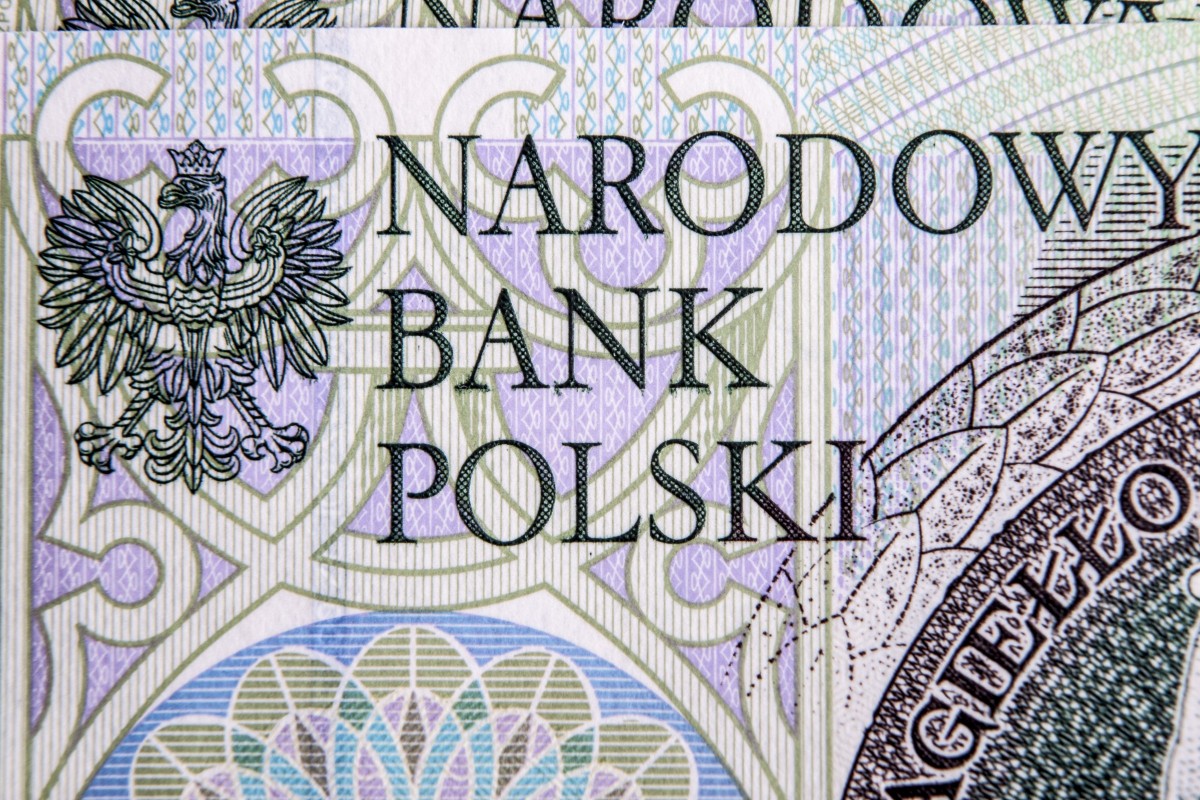Interest Rate Hikes Will Continue According To The National Bank Of Poland Governor

Rationale for 75bp hike rather than 100bp, Monetary Policy Council stance and next steps
At today’s press conference, NBP Governor Glapiński laid the groundwork for further decisive interest rate hikes. He argued that current interest rates are not too high in a historical perspective, and the period of ultra-low interest rates of 0.1% was unique. It was caused by the Covid pandemic and a risk of economic crisis and such period is not likely to occur again.
In our view, May’s interest rate hike by 75bp rather than 100bp expected by the consensus does not signal a softening in the MPC policy stance. Governor Glapiński confirmed that by saying: “We hike, we will continue until we are sure that CPI will decline”, 75bp does not signal the end of the hiking cycle”, “we are determined to act until we control inflation”, “hiking cycle continues because inflation persists”. The Governor added that earlier 100bp hike was a reaction to an abrupt inflation jump. The latest 75bp hike “results from internal MPC discussions”, and should still be treated as a decisive policy step.
Inflation prospects
NBP Governor sees inflation peaking in June/July this year, and next year’s inflation will depend on prolonging the anti-inflationary shield, which lowered the inflation rate by about 2 percentage points. Glapiński assumes that the shield will be extended into 2023.
However, in a different place, he seems to admit that the inflation peak maybe later. This occurred on the question regarding switching into lower interest rate increments than 75bp – “if CPI will decelerate, but I do not have any good news”. This comment suggests that the inflation peak will not necessarily occur in June-July, as he repeated before. We are more comfortable with projections assuming inflation peaks in October when CPI is expected to reach 15-20% YoY.
Governor Glapiński several times referred to external sources of inflation. He said that the war led to higher commodity prices and intensified the global chain disruptions. Also, increases in food commodities on global markets result from the Russian aggression, because Ukraine is a major wheat producer. The recent lockdowns in China, resulting from the Zero-Covid policy, are additional factors aggravating tensions in international trade.
Professor Glapiński also admitted there were domestic inflation drivers. This pressure results from strong GDP performance, and a tight labor market pushes wages up. Inflation pressure results also from additional 1.5 million new consumers – refugees from Ukraine. The recent increase of consumption demand by 10% year-on-year, in about 4pp results from the Ukrainians.
Economic growth prospects
According to Glapiński, GDP growth in Poland accelerated to 8% in 1Q 2022, and in our view, it was even 8.5% YoY. The labor market is strong, in practice, there is no unemployment. Poland reached the pre-pandemic employment level, and wages are growing at a double-digit pace.
However, the severe external shocks will slow down GDP growth, and it will partly also result form interest rate hikes so far. According to the NBP Governor, next year's GDP growth is to reach about 3%. We would like to point out that this will be close to the potential growth rate, which means that labor market performance should not deteriorate. Therefore, this slowdown will not impact CPI to a limited extent only.
Difficult economic situation of borrowers in zloty
The NBP Governor admitted that the government’s proposals (eg, mortgage loans ‘holidays’) act in an opposite direction than interest rate hikes. However, he appeared to signal that the public aid is to be selective, rather than general. Otherwise, it would undermine the scale of monetary tightening.
Monetary Policy Committee reaction function
We conclude from the press conference that the MPC is still focused on inflation and exchange rate, even though there was less talk about the zloty exchange rate at the conference. However, there was no change in wording on it from yesterday’s MPC press release, where FX plays an important role. The press release was more about GDP prospects, but this does not change the MPC reaction function much.
Conclusion
Today’s press conference and our own CPI projections suport our view on the target NBP rate of 8.5% rather than 7.5% as we communicated until recently. A negative scenario materializes: the new commodity shock leads to strong second-round effects. This is visible in core inflation growing at 1% month-on-month in the fourth consecutive month, pass-through of 20% PPI on consumer prices will take around 2-3 more quarters. Therefore, the NBP rhetoric remains very hawkish. For the first time for many months, the NBP Governor admitted that inflation expectations are a source of concern. This means concerns about the above-mentioned second-round effects. Interest rate hikes will be continued through end-2022. This means that the target rate of 8.5% may be reached even before the year-end.
Disclaimer: This publication has been prepared by the Economic and Financial Analysis Division of ING Bank N.V. (“ING”) solely for information purposes without regard to any ...
more


